
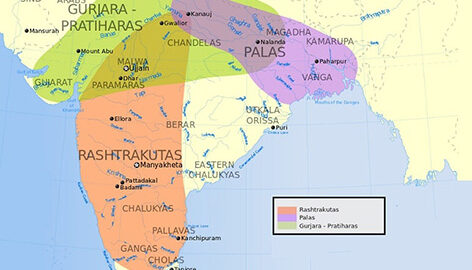
Many scholars and historians mark 600 BCE as the end of the ancient era and the start of the medieval period. This era also witnesses the rise of feudalism in India, which paves the way for the self-sufficient villages, and national and international trade. It was also the period when many strong and famous dynasties rose to power, one of them being the Rashtrakuta empire. The origin of Rashtrakuta is traced to 600 CE, they established their stronghold in Deccan in the later period and simultaneously extended their power till Kannauj, making them part of the famous tripartite struggle. This dynasty is the most studied and explored by historians for its warfare, expansion, administration and trade. Continue reading Rashtrakuta Coinage
The Mintage World Team comprises of experts, researchers and writers from the field of Philately, Notaphily and Numismatics who try to shed light on some of the most interesting aspects of coins, banknotes and stamps from not just India but across the globe as well.
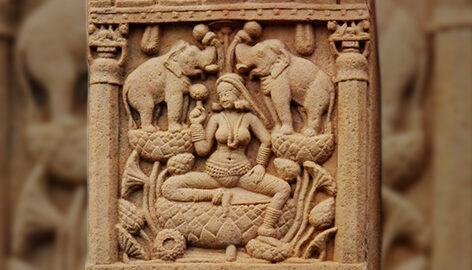
Gajalaxmi is a Laxmi with an elephant; it is one of the most significant Ashtalakshmi aspects of the Hindu goddess Lakshmi. Gajalaxmi can de define as the goddess seated on the lotus in padmasana yogic posture, flanked by two elephants (Gaja) on both sides. The elephants flanking her are shown as pouring water from their trunk over the goddess. In Hindu mythology, Laxmi is a representative of prosperity, good luck and abundance. Lakshmi is the Goddess of wealth, fortune, power, and beauty. She represents all that is female. That’s why many ancient goddess Lakshmi coins are issued by many rulers; it’s also the most common image in the numismatic continuity of Indian coinage. Continue reading Ancient Goddess Lakshmi Coins
The Mintage World Team comprises of experts, researchers and writers from the field of Philately, Notaphily and Numismatics who try to shed light on some of the most interesting aspects of coins, banknotes and stamps from not just India but across the globe as well.
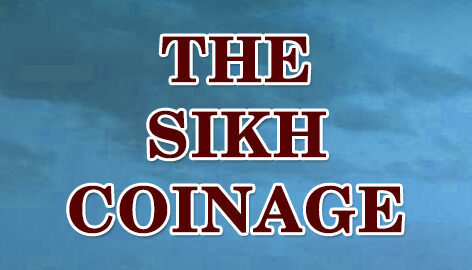
The Sikh Empire was one of the major powers empires that originated in the Indian Subcontinent during the medieval period. This Empire is also known as Sikh Khalsa Raj or Sarkar-i-Khalsa. It was formed under the leadership of Maharaja Ranjit Singh, who established this kingdom under a secular empire based in Punjab.The Sikh Empire Coins started during the second half of the 18th century. Probably during the rule of Maharaja Ranjit Singh and it ended with the annexation of Punjab by the British government in 1849 CE. Continue reading Sikh Empire Coins
The Mintage World Team comprises of experts, researchers and writers from the field of Philately, Notaphily and Numismatics who try to shed light on some of the most interesting aspects of coins, banknotes and stamps from not just India but across the globe as well.

What is Conch or Shanka?
Conch or Shanka is a wonderful gift given by nature to mankind when blown produces a distinct sound that is considered to be auspicious and soul awakening. The blowing of Conch is the one religious practice followed from the ancient period. The magnificent snow-white gastropod shell is popularly known as the shank, in Sanskrit, it is popularly known as ‘Sankha’. It is considered as the symbol of purity, brilliance and auspiciousness. It is also well known by the name of the Conch. When the apex of the Shank is blown to form a whole, it produces a magnificent sound. Once Conch was also used as a medium of exchange and it was equivalent to coins in India. Conch Shell Vintage coins have great value in the Indian market. Continue reading Conch Shell Vintage coins: An illustration of Marine Treasure
The Mintage World Team comprises of experts, researchers and writers from the field of Philately, Notaphily and Numismatics who try to shed light on some of the most interesting aspects of coins, banknotes and stamps from not just India but across the globe as well.

Dance is an expression of our inner emotions. It’s the means to connect with nature (Prakriti) for every dancer. Dance is an emotion, Dance is an Expression, Dance is freedom and Dance is a way of life. Continue reading Bharatnatyam Hasta Mudras Depicted on Coins
The Mintage World Team comprises of experts, researchers and writers from the field of Philately, Notaphily and Numismatics who try to shed light on some of the most interesting aspects of coins, banknotes and stamps from not just India but across the globe as well.
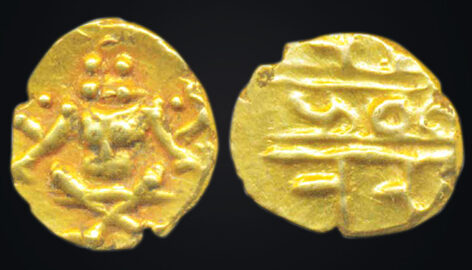
Kingdom of Mysore was a kingdom founded in the South-Indian region in 1399 CE. This kingdom was founded by Yaduraya in the region of the modern city of Mysore. The Kingdom of Mysore was ruled by the Wodeyar family, who once served as a feudatory of the Vijayanagara Empire until the empire’s decline in 1565. Continue reading Kingdom of Mysore
The Mintage World Team comprises of experts, researchers and writers from the field of Philately, Notaphily and Numismatics who try to shed light on some of the most interesting aspects of coins, banknotes and stamps from not just India but across the globe as well.
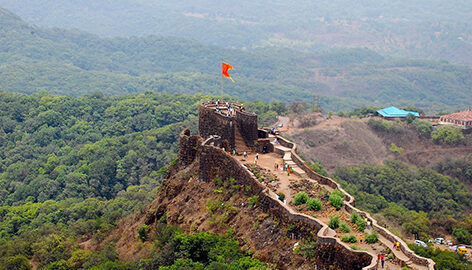
The Maratha Empire is one of the most important factors in Indian history. The Maratha Empire came to the power with the emergence of Chhatrapati Shivaji Maharaj, after his coronation in 1674 and ended with the defeat of Peshwa Bajirao II at the hands of the British East India Company. After the fall of the Kingdom of Yadavas to Allauddin Khilji, they lost their independence but acquired political and military experience, for the next few centuries by serving under various sultanates of Deccan. The coins throw the light on the times of Marathas as well as the contemporary history of India. The history of India is incomplete without the Marathas and their Coins. Continue reading Marathas and their Coins
The Mintage World Team comprises of experts, researchers and writers from the field of Philately, Notaphily and Numismatics who try to shed light on some of the most interesting aspects of coins, banknotes and stamps from not just India but across the globe as well.

Nashik; is also spelt as Nasik, situated in the northern part of Maharashtra. Nasik is one of the most important cities of Maharashtra. The city is the centre of attraction for its beautiful surrounding and cool and pleasant climate. The History of Nashik is known for its mythological, historical, social, and cultural importance. Continue reading History of Nashik
The Mintage World Team comprises of experts, researchers and writers from the field of Philately, Notaphily and Numismatics who try to shed light on some of the most interesting aspects of coins, banknotes and stamps from not just India but across the globe as well.

Menander I Soter or Menander I Saviour is also known as Milinda in Pali. He was an Indo-Greek king of the Indo-Greek Kingdom. Menander was the most successful Indo-Greek king that had conquered the vastest territory. Continue reading Coinage of Menander I
The Mintage World Team comprises of experts, researchers and writers from the field of Philately, Notaphily and Numismatics who try to shed light on some of the most interesting aspects of coins, banknotes and stamps from not just India but across the globe as well.

Ramayana has been an integral part of our childhood. The story of legendary Rama, his wife, Sita and his brother, Lakshmana who fought with Ravana and put an end to evil is heard by everyone. They might have been just stories as kids but as grownups, we realized the important life lessons they taught us. We learned the discipline, integrity and doing the right thing. However, there are some stories which are lesser-known. What better time than Diwali to discuss them, right? Let’s get acquainted with the Unheard Stories of Ramayana that makes the Epic more legendary. Continue reading Unheard Stories of Ramayana
The Mintage World Team comprises of experts, researchers and writers from the field of Philately, Notaphily and Numismatics who try to shed light on some of the most interesting aspects of coins, banknotes and stamps from not just India but across the globe as well.